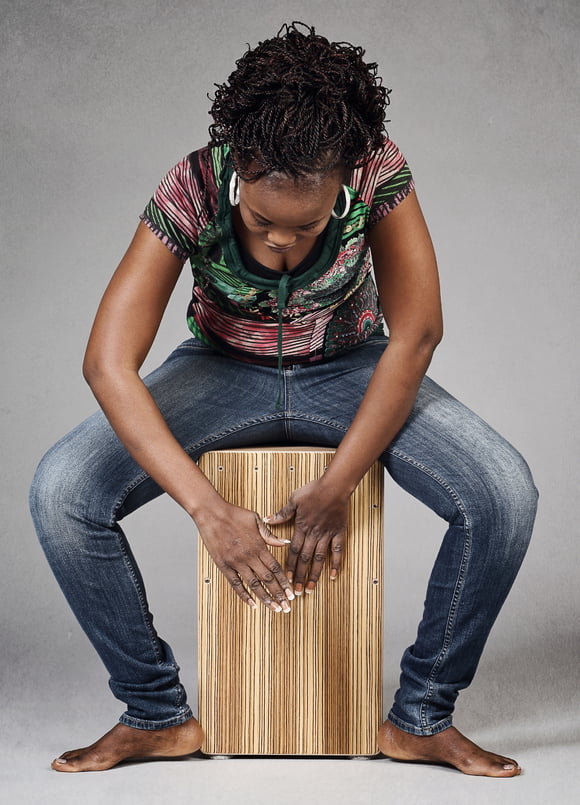2. Introduction
Cajón is a Spanish word menaing "box". The Spanish plural is cajónes, and we will use that form throughout this guide. You can also find the anglicised forms "cajon" and "cajons".
Cajónes are instruments of knee height and cuboid shape. The body, which the player also sits on while playing, is most often made of wood,is hollow, and features a sound hole on the reverse side. The playing surface consists of a slab of wood and in modern cajónes features a snare mesh. It is most often played by hand, but brushes, rods, and special pedals may also be used.
Cajónes, which hail from South American, particularly Cuban and Peruvian musical traditions, have a long tradition. it has been an indispensable element of Spanish flamenco music since the 1970s. Above and beyond this use, however, in its modern variant it offers great potential for use in contemporary styles of music, and its sound, reminiscent of bass and snare drums, make it practically ideally suited as a replacement for a drum set in unplugged or campfire sessions.
Thanks to the relatively low financial investment required, the comparative ease with which playing it can be learned, and not least its fairly low volume, cajónes have become one of the most important entryways for beginners into the world of percussion. No percussionist and no music school can go without them nowadays.



